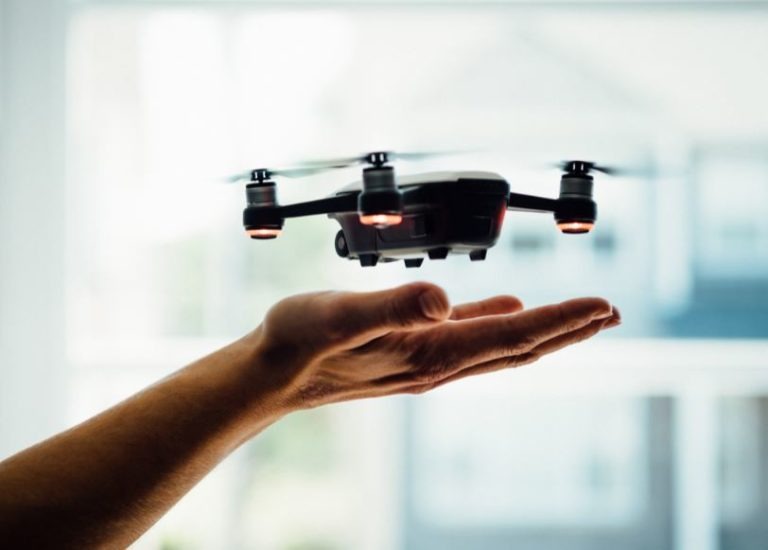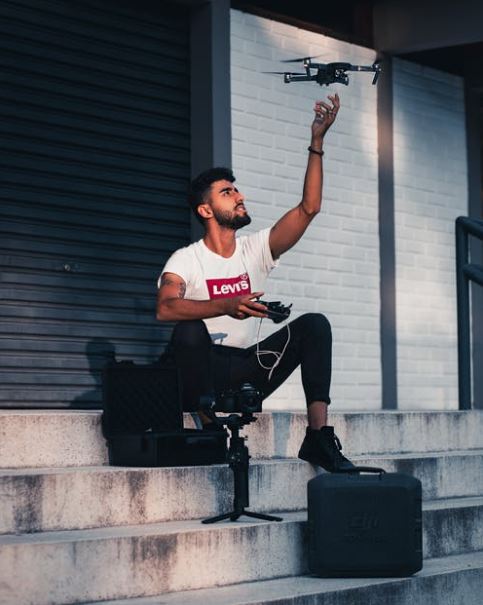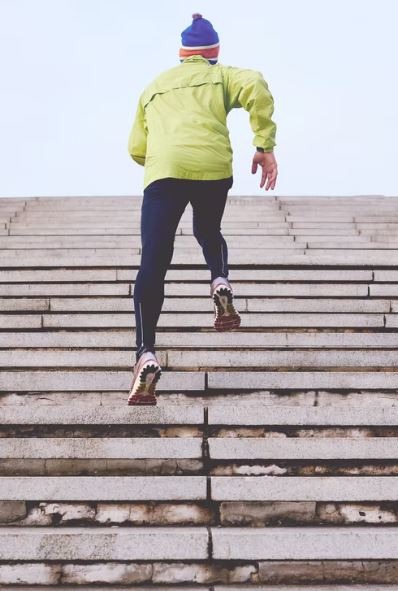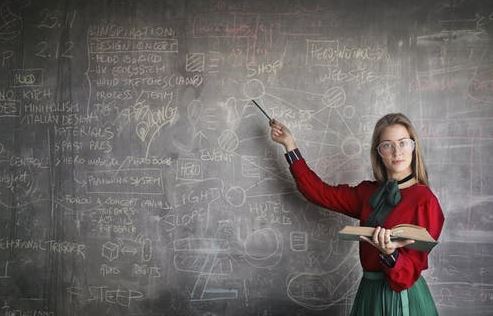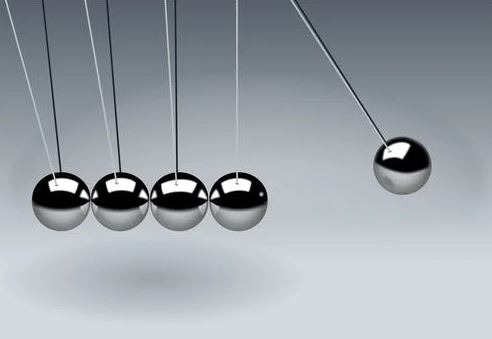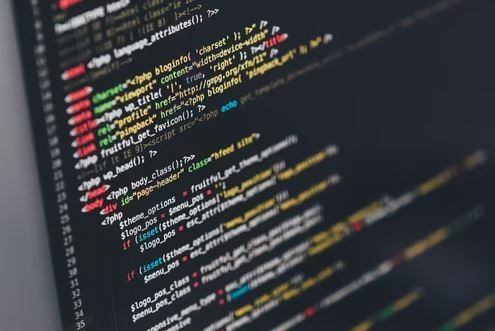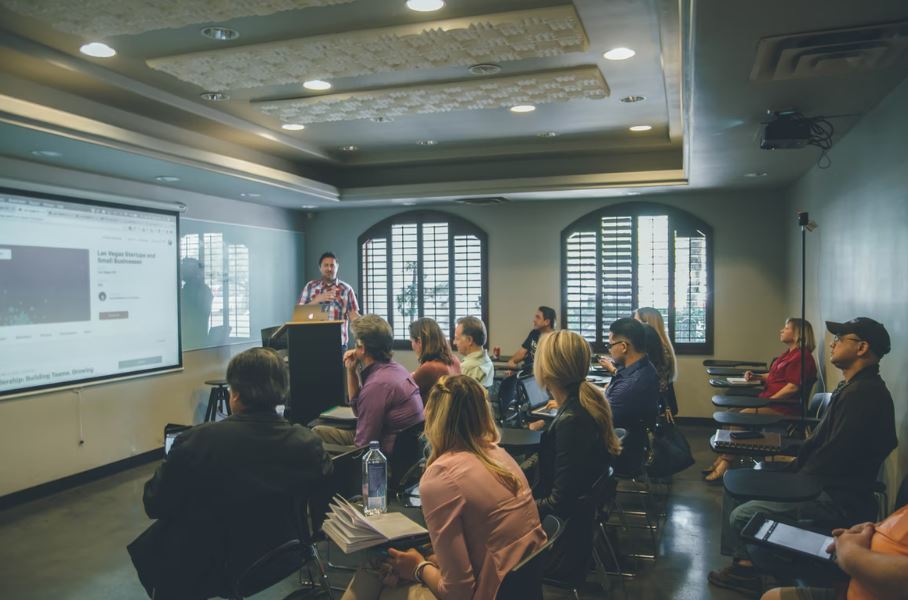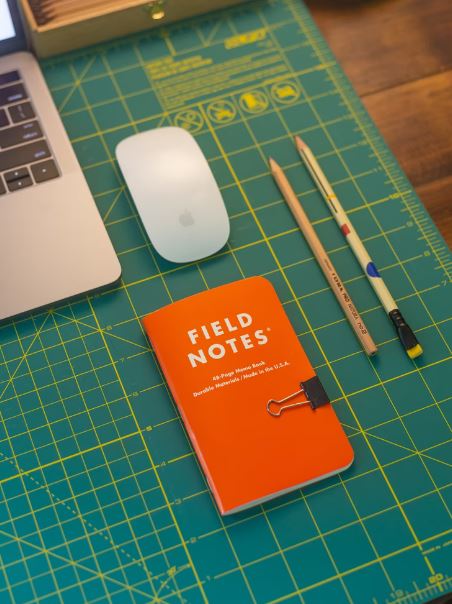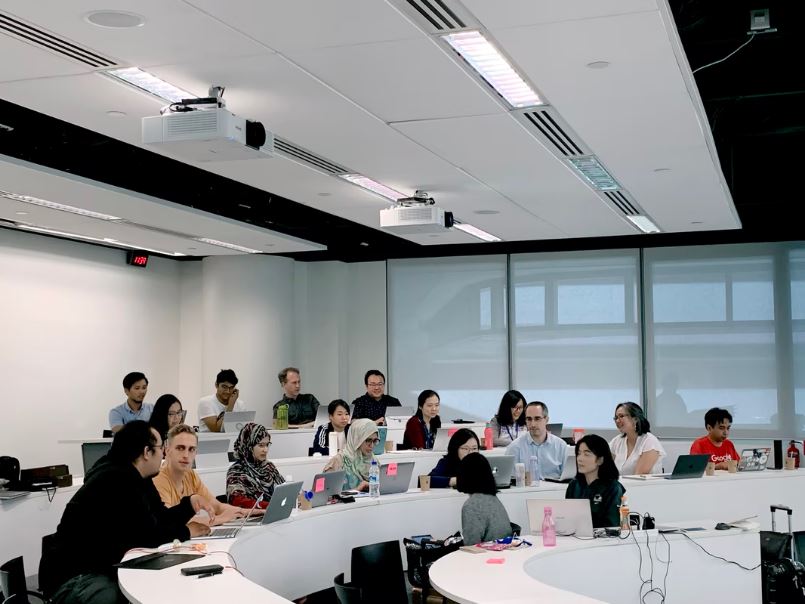For millions of people around the world, it has become a normal part of life to play with drones. Drones are not only a wonder to learn and master, but they are also educational. It is common for people of all ages to be excited and energized while using drones and to become drone pilots. Unmanned aerial vehicles (UAVs) have positive uses and they are making their way into modern society.
More specifically, drones are making giant strides in STEM (Science, Technology, Engineering, and Mathematics) departments. Drones are being used in the classroom as modern tools of education. According to a study conducted in 2020, kids of age 16 to 18 are no longer interested in becoming a lawyer, teachers, doctors, or accountants. Instead, they want to have digital jobs such as drone operators. Hence, drones are used by teachers as interactive learning tools in the classrooms.
Drones Used In Education
Drones used in classrooms are making learning more interactive, fun, and innovative for the kids. Also, the teachers offer students an opportunity to learn about the technology and which they want to base their careers in the future.
Hand-Eye Coordination
Hand-eye coordination is a crucial skill taught in most youth education programs. From basketball to tennis, the sport was considered one of the best ways to improve hand-eye coordination. Indeed, sports are still a way to teach hand-eye coordination skills but drones have proven to be an alternative.
As a beginner, a drone requires a lot of concentration while navigating it from one destination to another. As a result, the drones can be used to develop depth perception by forcing the user to gauge the distance in space while the drone is flying over.
Giving others options to the students to develop the necessary fine motor skills means that:
- They can find success.
- They can find a niche.
- They can practice at home or with a friend.
Teaching Physical Activities
A study conducted by the World Health Organization (WHO) states that 80% of the children between the ages of 11 and 17 are not physically active as they should be. It is because the advancement in technology has killed physical activities. Now, a person of any age gets the things on their doorsteps. Also, students are more likely to play video games rather than going out and trying physical sports.
To improve the physical activities, the teachers can use the drones to take students out in an open field and allow them to interact with the drone activities.
Teaching Mathematics Tools
For younger students, mathematics can be a difficult subject to teach. However, the use of engaging tools like drones can give real application to math equations and problems. It helps the students to realize the greatness of the subject. Also, the real results of their work will be exciting for them rather than traditional ways of teaching mathematics.
Around the world, schools are experimenting with drones. For example, the drone can be used to help the students in:
- Learning the basics of trigonometry.
- Learning the making and reading of graphs.
- Learning the calculation of distances.
Teaching Writing Exercises
Another way to use the drones in the classroom is to use the drone images for a base of descriptive text. Teachers can assign the students an image without providing further information. They are required to describe where the image was captured, and vividly describe the creation of an image without revealing the original photograph.
The important role of micro-drones is a way of using drones to help the students to broaden their descriptive skills. Also, it involves creativity. As a result, the students use descriptive language skills and therefore they can build a rich vocabulary. It can help them later in their academic career.
Drones used for writing exercises not only make better use of vocabulary but also improve the creative imagery skills that young students need. It can lead to better reading comprehension by allowing the students to visualize the happening of scenes in the book.
Teaching Laws Of Physics
Teaching laws of physics is a well-known part of the science education curriculum. Flying drones can provide a real example of how the laws of physics work such as Newton’s third law. For example, when an object is at rest, it will remain at rest unless an external force acts on it.
Also, drones can be used to teach the first law of motion. The teacher can show the students that if the controls are not pushed in, the drone will stay at rest. It means that the drone cannot hover or move unless the controls are pushed to power the motor and operate the propellers. Pushing the controls is an example of external force.
As a result, the students will learn the laws of physics in an interactive and fun way by using different types of drones.
Teaching Coding
Coding is one of the most popular jobs in the world. It sees a glut of students choosing their career as a coder. If the students use drones for learning the code, then it can be less daunting if they get a hands-on learning experience. The reason that most of the schools have adopted robots is skills that provide a framework for students to work on. Also, they can directly feel the effects of their coding.
On the other hand, many educators are using drones to engage the students in writing programs. It helps them to perform an autonomous flight. Also, the usage of drones can help teach computational thinking and let the young students realize that they have a great set of skills in the field.
Teaching Hands-On Learning Experience
Student engagement needs to find hands-on relevant projects. Elementary students enjoy working with anything tangible they can get. For every student, working on a worksheet is not the best teaching method because different students want to learn in different ways.
Drones can help teach the different subjects if the students are having an image of a subject. Also, drones allow the students to work in the field making it easier for them to learn by providing a tangible way to experience the things they are taught.
Teaching Creative Skills And Building Intellectual
Not all students are creative but some students learn best by destroying and rebuilding. This habit not only improves the memory building, but also the intellectual skill set of the student. It is known to everyone that technology in the classroom is evolving. So, working with a drone with students on simple projects can help the students to integrate the drones and take them to the next level.
The creative students will destroy the drone and rebuild it. It helps them to learn how to build a drone. From such activity, the students can learn through trial and error while rebuilding the drone. It encourages the students to be patient and get a hands-on approach to drone mechanics.
Developing The Soft Skills
With the rise of technology and forms of online communication. It is increasingly important that social and emotional skills remain an essential part of a student’s education program. It helps the students to acquire skills such as self-learning, flexibility, collaborative work, and communication. It has become a priority for many schools.
Drones can be a powerful tool in developing different types of skills in students. Some educators suggest that using a drone can be a part of team projects. It brings the students to work together to achieve a common goal. Sometimes, it is about building a structure, creating shapes, and taking particular action that requires coordination between the team.
Uses Of Drones In Higher Education
From the introduction of drones in college courses, the students can get great benefits. Students from fields as diverse as journalism, archaeology, and engineering have started using drones to enhance their professional training. It is because they get real-life examples of their studies.
For example, architecture students can use drones to perform the façade inspections on buildings. It helps them to learn about construction and structure techniques. On the other hand, the students of botany, biology, and forestry can use the drone to reach out to wildlife and plants that were difficult to grasp.
Use Of Drones – Education Sector
Apart from the usage of drones in aerial photography, they can be powerful learning tools. Unlike other technological innovations, drones can be used in the education sector. It depends on the teachers how they find different ways and applications of drones in their daily routine studies. But drones can bring interactive, innovative, and appealing ways of teaching.
The use of drones in education has brought the understanding of science in technology to the students due to hands-on experience. Also, drones enhance the creative, writing, and teamwork when they work on the same goals. Drones are not only enhancing the learning process of the students but also giving them professional training which they can use in their professional academics.
